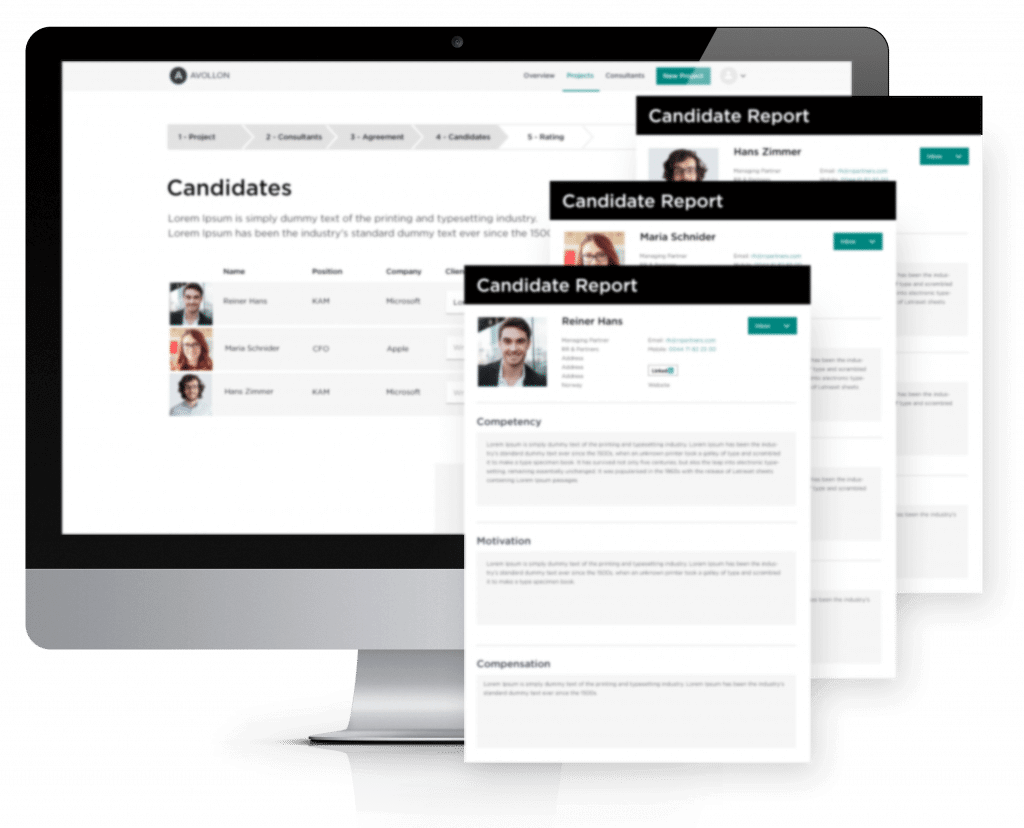We find the best search executives worldwide.
RECRUITERS TRUSTED BY:





















Access more talent for your organization
Your organization is only as strong as the people you hire. It all comes down to your talent pipeline, which is limited by the recruiters you know. Avollon is an intelligent platform, opening the largest network of expert recruiters, sourced for expertise and ready to fill any role.


Optimize onsite and remote hiring
No matter if you need great leaders, expert specialists or whole teams of experts, Avollon handles it all. Set your terms, and Avollon connects your the best agency recruiters in any market. Simple, fast and safe. You could even call it a revolution.


Sourcing data for better hiring
Let insight and data connect you to the right agency recruiter based on performance and expertise. By sourcing and structuring data and insight, our algorithm allocates you to the right expert agency recruiters. Hire smarter with an intelligent platform.


More compliant on one free digital platform
Keep it simple and in one place. Collaborate and share. Avollon streamlines, consolidates and integrates. Work with universal agreements based on industry standards and get all your third-party-recruiters on one platform. Work safer and more compliant with agencies, contracting, invoicing and payment.

Some Avollon Clients





